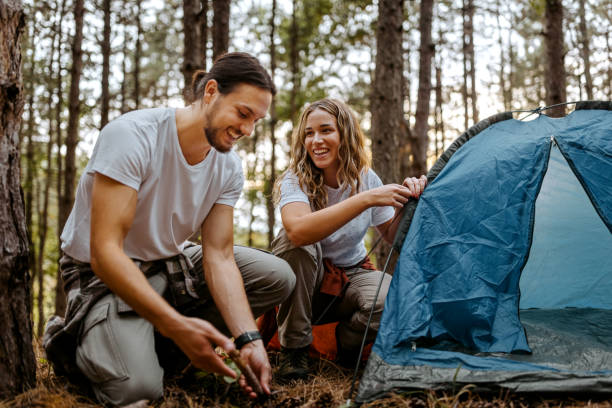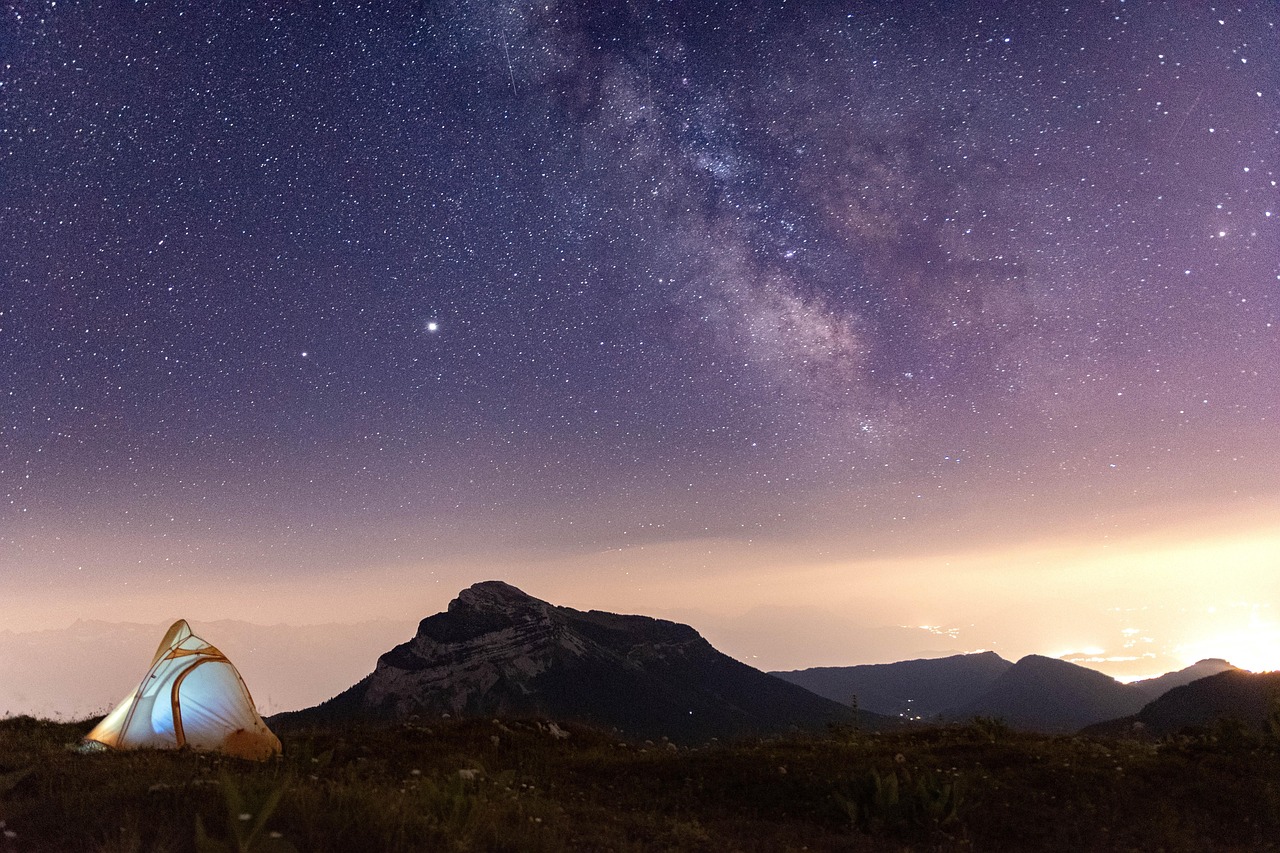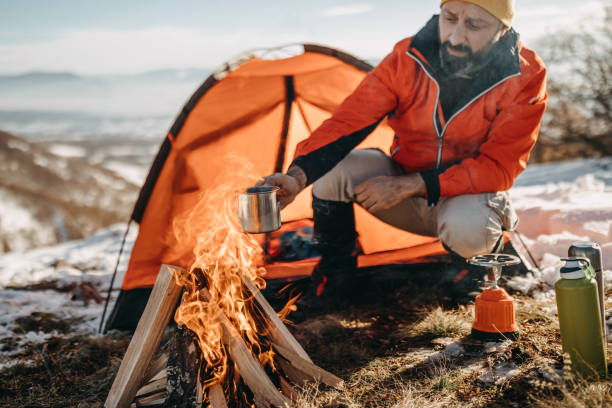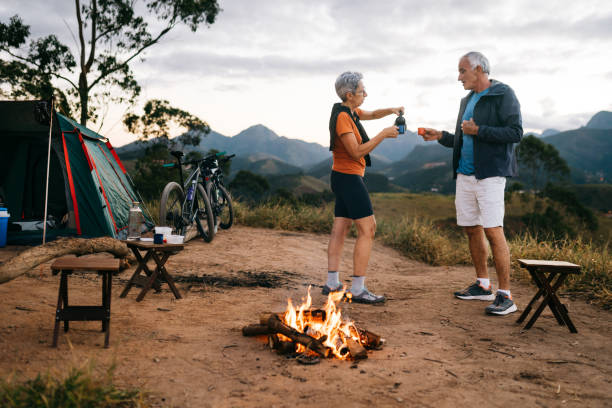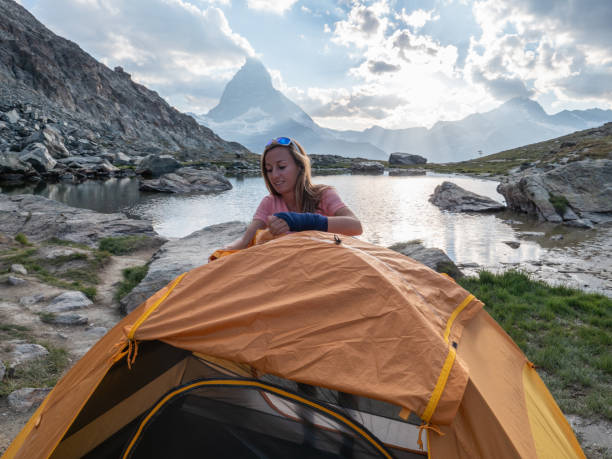Let’s be real — finding the best budget camping tents that don’t scream “cheap and flimsy” can feel like trying to catch smoke. I’ve been there. You want something durable, waterproof, and comfy enough to not feel like you’re sleeping in a plastic grocery bag. But you also don’t want to blow your whole adventure fund on one tent. That’s where this roundup comes in.
We’ve personally taken each of these best affordable tents out into the wild — from sudden rainstorms to starry nights in the desert — and let me tell you, these are anything but “budget” in feel. We’re talking roomy interiors, weatherproof performance, clever storage, and quick setups that don’t make you swear at the instruction manual. Whether you’re new to camping or just want a solid tent without forking over $500, these options have you covered — literally and figuratively.
Here are our top picks for the best budget tents for camping. Each one has its quirks, its highlights, and yes, a couple of trade-offs. But they all proved themselves worthy in the field.
Table of Contents
- THE NORTH FACE Camping Tent
- NEMO Camping Tent
- Kelty Wireless Tent
- Mountainsmith Conifer Tent
- FanttikOutdoor Camping Tent
- Coleman Sundome Tent
- Coleman Evanston Tent
- Our Verdict!
- How to Choose the Best Budget Camping Tents
- 🏕️Weather Protection That Works
- 🌬️Ventilation and Comfort
- ⏱️Ease of Setup and Portability
- Is a tent waterproof?
- Who made the first tent?
- Can I wash a tent?
- What fabric is a tent?
- Do tents have floors?
7
THE NORTH FACE Camping Tent
We took the THE NORTH FACE Camping Tent out on a two-day camping trip in the Cascades, and within the first 30 minutes, it earned our respect. It started pouring almost the second we got the stakes in, but the tent held up like a champ. Not a single drop inside, even as little pools of water collected on the rainfly. We didn’t pitch it perfectly either — still, not one leak.
One of the affordable backpacking tents, the Wawona’s tall ceiling made it easy to stand up and move around, even with two of us, a cooler, a dog, and a guitar crammed inside. It felt more like a mobile cabin than a tent. The vestibule alone became our gear garage and rainy-day hangout spot. We sat in camp chairs inside it while the storm passed, sipping coffee and watching the rain come down.
The setup? A breeze. Color-coded poles and trims took the guesswork out, and the DAC MX pole system gave it backbone against the wind. The ceiling pockets were a nice touch too — our headlamps and power banks stayed off the floor and within reach.
Watch this detailed tutorial for tent setup and review by TACOMANZ on YouTube!
Pros:
✅ Massive vestibule for gear and lounging
✅ Excellent waterproofing and ventilation
✅ Tall interior for standing room
Cons:
❌ Heavy to carry for solo campers (nearly 21 lbs)
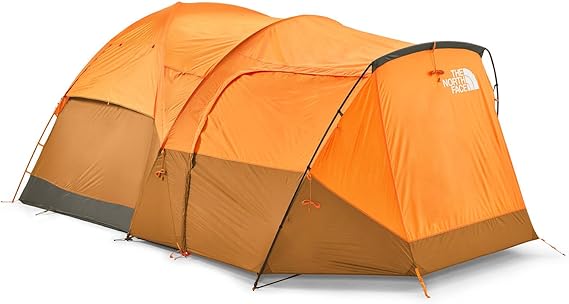
6
NEMO Camping Tent
We’re not in our twenties anymore, and after one too many “belly-crawl” tents, we upgraded to the NEMO Camping Tent for a long weekend near Nederland, Colorado. It was like stepping into a living room — vertical walls and all. There was enough room to walk around fully upright (a blessing when your back isn’t what it used to be), and setting it up was a two-person job we managed easily, even with my 5-foot frame.
We loved the two vestibules — one became our gear locker, the other… well, let’s just say it saved us late-night trips to the outhouse. The mesh windows and rain covers gave us ventilation and a beautiful mountain view without sacrificing privacy.
The printed floor fabric added a bit of charm — a small detail, but it gave the best affordable backpacking tent a cozy feel. We only dealt with light rain, but the tent handled it fine. This isn’t a winter warrior, but for spring through early fall, it’s a fantastic home away from home. It made our mountain escape feel indulgent, not minimalist.
P.S. Feel free to browse the official website of the brand for further details and more interesting options.
Pros:
✅ Steep walls allow full standing height
✅ Dual vestibules add storage and convenience
✅ Fun design with great airflow
Cons:
❌ Not ideal for cold-weather camping
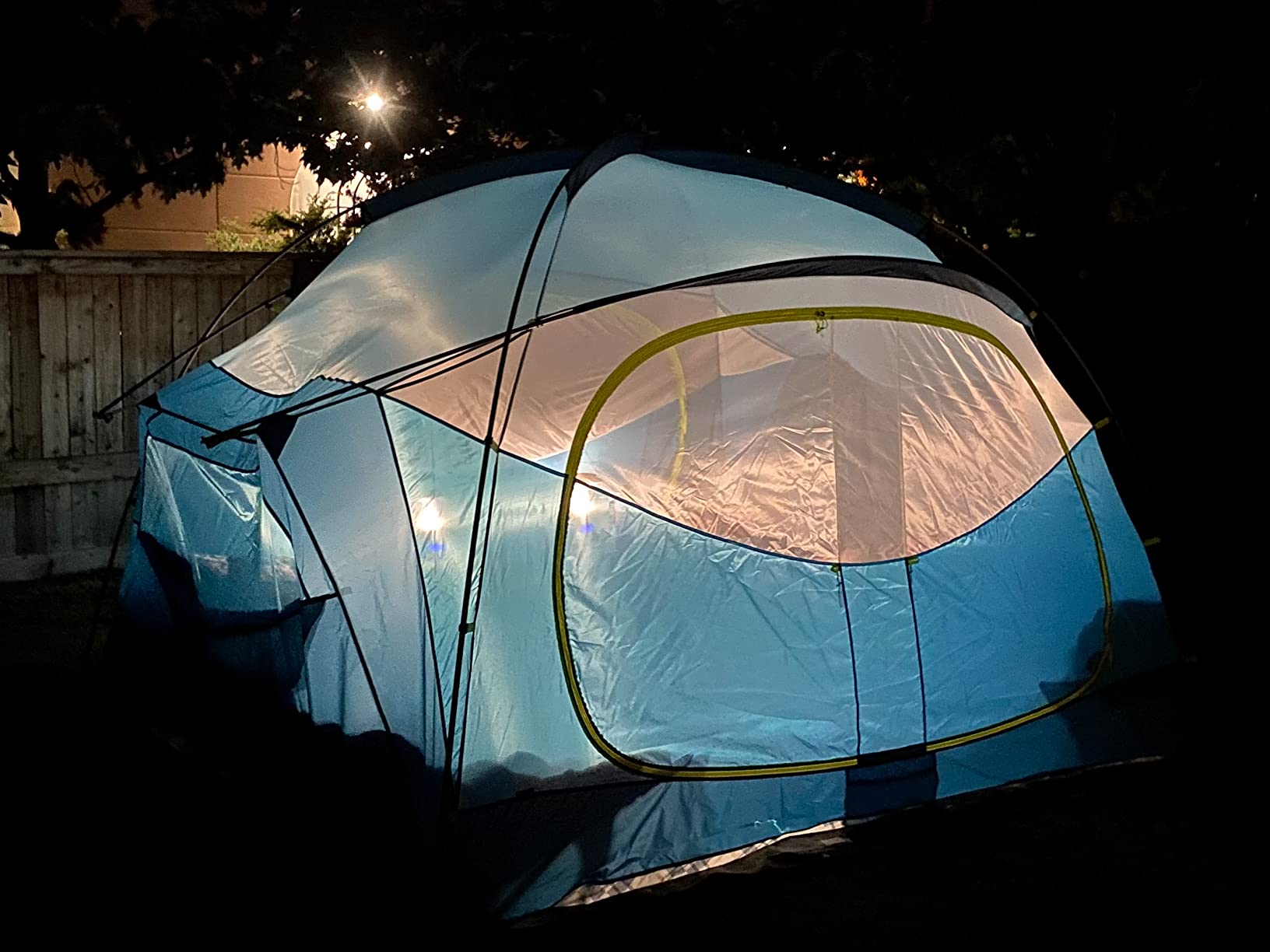
5
Kelty Wireless Tent
Easiest Setup. This best budget tent one came with us on a kayak camping trip where weight and space mattered — and the Kelty Wireless Tent didn’t disappoint. We appreciated the freestanding design, especially on rocky ground where good staking points were hit or miss. The setup was stupidly simple thanks to the Quick Corners, and the EZ-Zip vestibules made nighttime exits way less annoying.
One clear-skied night, we skipped the rainfly altogether, and the mesh walls gave us front-row seats to the stars without sacrificing too much privacy. The tent felt sturdy in coastal winds, thanks to the fiberglass/hybrid poles and snug pole sleeves. It felt more solid than most budget models we’ve used.
Inside, it was cozy for two with decent headroom, plus smart touches like halfway-up gear pockets and a loop for our lantern. The only real drawback? The footprint — connecting and disconnecting it was kind of finicky, and it’s slightly smaller than the actual floor area. Still, for the price and performance, this tent punches way above its weight.
On a side note, you may also be interested in the Best Tents for Music Festivals: Quick Setup and Portability!
Pros:
✅ Quick setup with Kelty Quick Corners
✅ Mesh walls perfect for stargazing
✅ Solid wind resistance with hybrid poles
Cons:
❌ Footprint is awkward and smaller than tent base
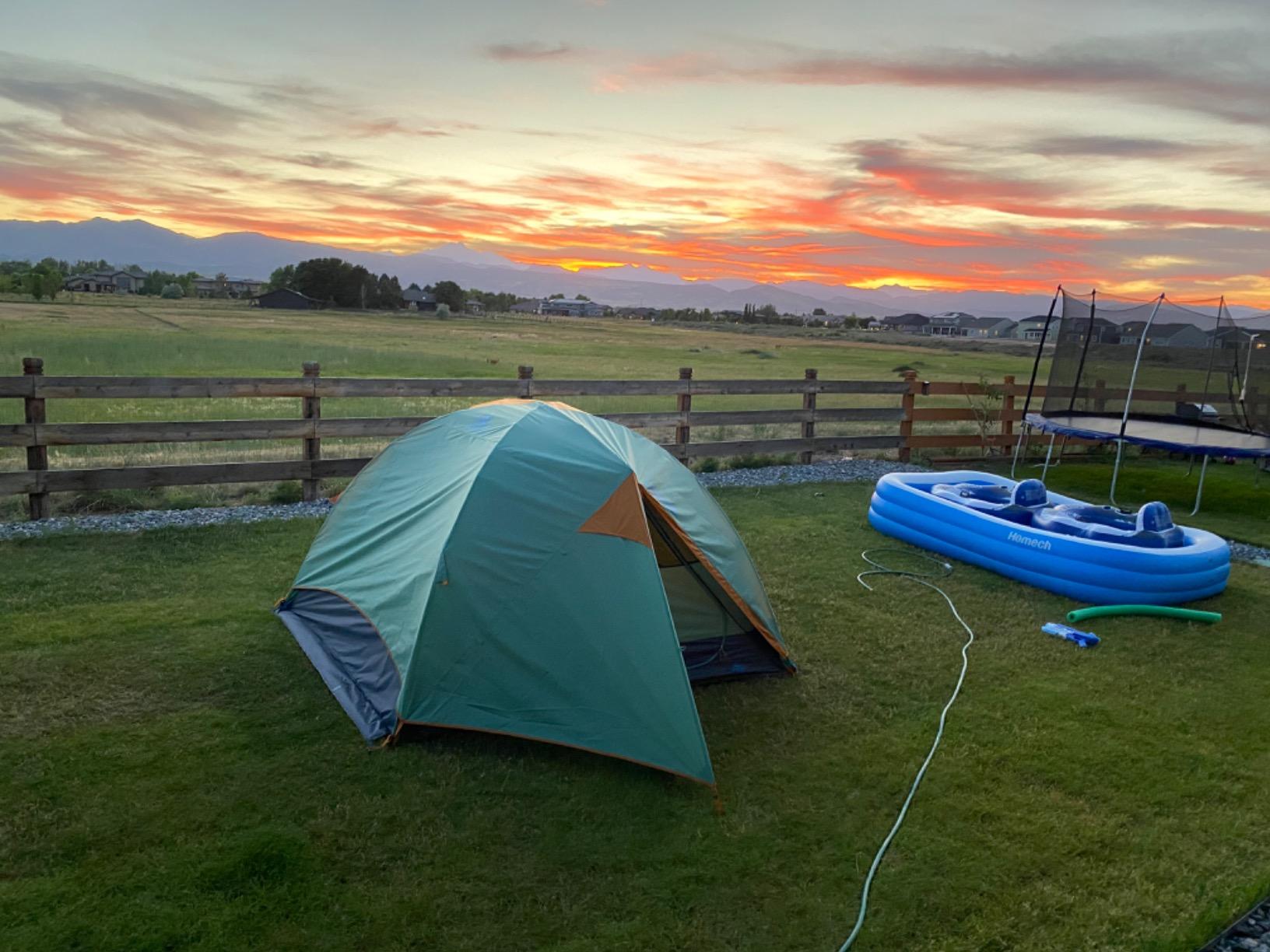
4
Mountainsmith Conifer Tent
We took the Mountainsmith Conifer Tent on a longer trip through Big Sky country and dubbed it our “camping condo.” The interior was huge — queen air mattress, gear, even a folding table — and we still had room to stretch. While it’s advertised for five, we found it ideal for two people and all their stuff.
The star of the show was the front vestibule. We sat under it during a 24-hour rain stretch, drinking coffee and watching the mist roll in. It was like having a covered porch. Two full-size camp chairs fit easily, and it gave us shade on sunnier days too.
Setup took a bit longer due to the four-pole freestanding design, but once it was up, it stayed solid — even in 30+ mph winds. We did have one tiny leak early on, but that was user error (our footprint was sticking out — rookie mistake). Once fixed, it was bone dry. A couple of quality control hiccups (a vent flap was sewn shut, and the stuff sack had some loose fabric), but nothing that stopped us from loving it. With a bit of tweaking, this tent could be near perfect.
Also, check out this original listing on the brand website for further details on the product.
Pros:
✅ Super spacious interior for gear and comfort
✅ Front vestibule feels like a porch
✅ Sturdy in high winds with full guyline setup
Cons:
❌ Minor quality control issues in materials and seams
3
FanttikOutdoor Camping Tent
Best Aesthetics. We took the FanttikOutdoor Camping Tent out for a three-day weekend along the bluffs near Lake Superior, and I’ve got to say — this one’s the definition of user-friendly. We pulled into camp late on day one, with the sun already dipping, and had this bad boy fully set up in under a minute. Literally. The pre-installed poles just popped into place like it was made for folks who hate instructions.
That first night threw us a curveball — gusty winds that rattled our camp kitchen and nearly took our tarp for a ride. But the Fanttik held its own. We did have to re-secure a peg or two in the middle of the night, but the carbon steel frame never buckled, and the rain flap worked like a charm. Not a drop inside, even after hours of steady rain on night three.
The interior is super livable. We fit a queen-sized air mattress with room to move around, and the mesh ceiling gave us a full panoramic view of the stars. All four sides have mesh windows, plus vents near the floor to keep things breathable. Even when the sun hit hard the next morning, it stayed relatively cool inside.
Between the roomy design, smart storage pockets, and the power cord entry (huge plus when you’ve got gadgets to charge), this budget backpacking tent brought comfort without the fuss — and without the luxury price tag.
Feel free to check out our roundup of the Best Camping Tents Under $200 (Tried and Tested)!
Pros:
✅ 60-second setup with pre-installed poles
✅ All-around mesh for airflow and views
✅ Weather-ready with sturdy steel frame
Cons:
❌ Packing everything back into the bag is tricky
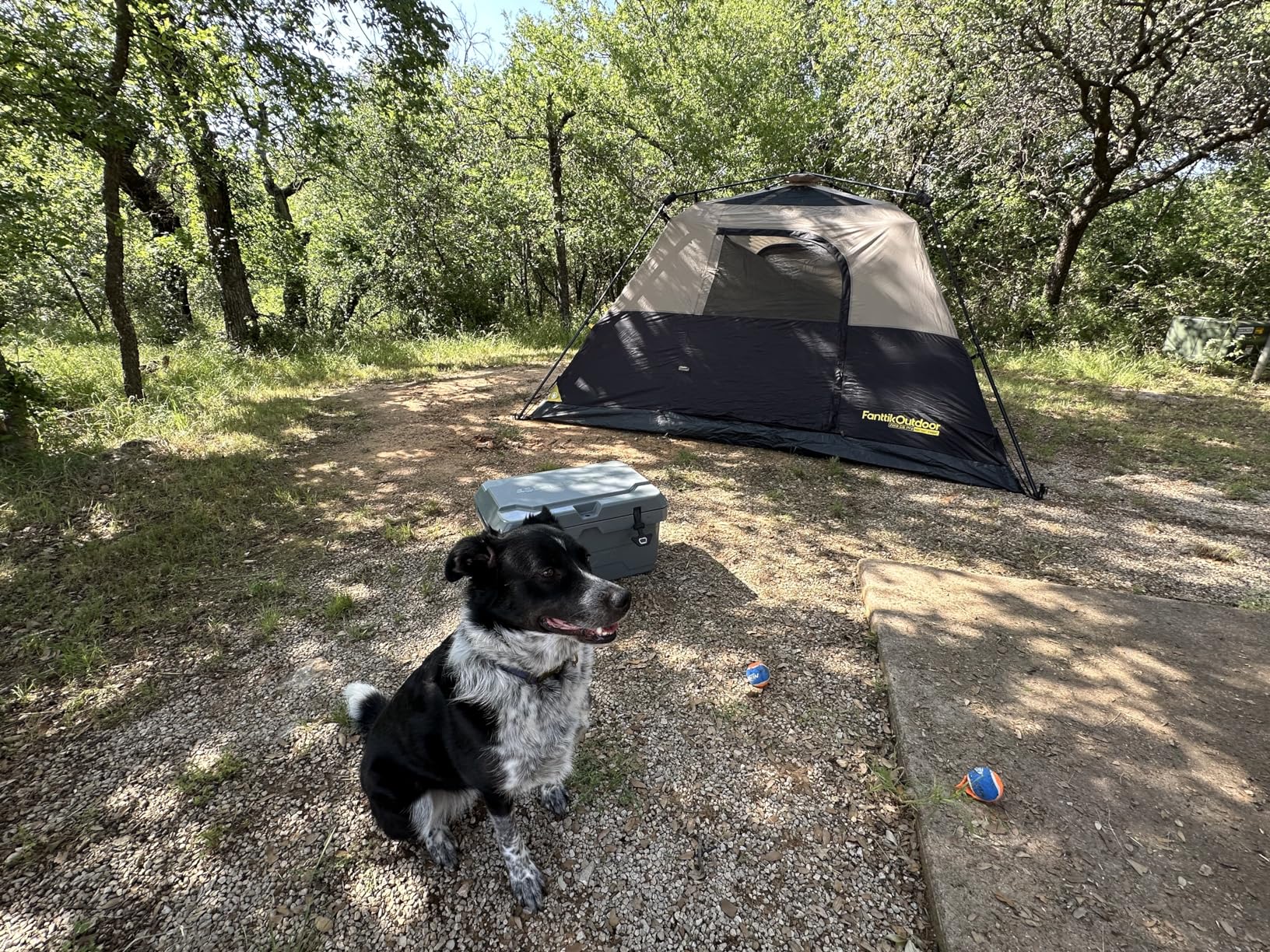
2
Coleman Sundome Tent
We took the Coleman Sundome Tent out for a quick weekend motorcycle trip down the Blue Ridge Parkway — compact, light, and just the right size for our gear and two bodies. It fit perfectly on the back of the bike and didn’t hog space like some other “backpacking” tents that feel more like dead weight.
Setup was a total breeze. Even with the last bit of daylight fading, the color-coded poles made it so intuitive we barely needed the instructions. Took maybe 10 minutes, tops. Once up, it felt more spacious than expected — enough room for us, our packs, and still a little breathing space. Bonus: there’s an eyelet up top for a lantern and pockets for stashing your essentials. No more fishing around for a flashlight in the middle of the night.
Weather-wise, we lucked into one of those drizzly nights, and the Sundome’s WeatherTec system lived up to the hype. Water beaded right off the rainfly and never made it inside. The tent flexed a little in wind gusts, but never lost shape — impressive, considering its price point. One minor gripe: the included stakes bend if you even look at a rock the wrong way. We’ll be packing better ones next time.
Still, for a no-nonsense, beginner-friendly tent that holds up in real-world use? The Sundome knocked it out of the park. It’s a solid go-to for quick getaways or solo missions where weight and convenience matter. Aptly called the best budget ultralight tent!
Pros:
✅ Lightweight and compact for easy transport
✅ Impressive wind and rain resistance
✅ Good ventilation and gear pockets
Cons:
❌ Included stakes are flimsy and bend easily
1
Coleman Evanston Tent
Best Overall. Now this one… this tent surprised us the most. We brought the Coleman Evanston Tent out for a family trip to the Smokies, where we were chasing fireflies and grilling under the stars. This tent looked like a budget pick on paper — until we stepped inside.
First off, the space. We fit two queen airbeds inside the main cabin and still had room to walk around. I’m 6’1” and could stand straight in the middle without hunching. But what really set it apart was the screened-in “patio” — a game-changer. We sipped coffee in there each morning, completely bug-free, and used it as a gear locker at night. It’s not totally weatherproof, but it kept things dry enough in light rain.
Setup was pretty smooth for such a big tent — definitely easier with two people, but not overwhelming. The snag-free pole sleeves and Insta-Clip attachments helped it hold firm against some decent wind. The zippers are legit, too. They felt a step up from typical Coleman quality, especially on the front porch doors where we zipped in and out constantly.
After a couple of nights with mild rain, we stayed bone dry inside. The WeatherTec system’s welded floors and covered seams really do their job. One cool feature we appreciated was the electrical port — we ran a cord to charge our lanterns and phones from inside the tent. It’s those little touches that make a tent feel more livable.
If you want space, comfort, and a unique layout without paying top dollar, the Evanston punches way above its weight. It’s not ultralight or built for rough backcountry use, but for family car camping? We’re big fans.
Pros:
✅ Screen room adds outdoor lounging space
✅ Spacious enough for two queen airbeds
✅ Easy setup with Insta-Clip pole system
Cons:
❌ Porch isn’t fully rainproof in heavier storms
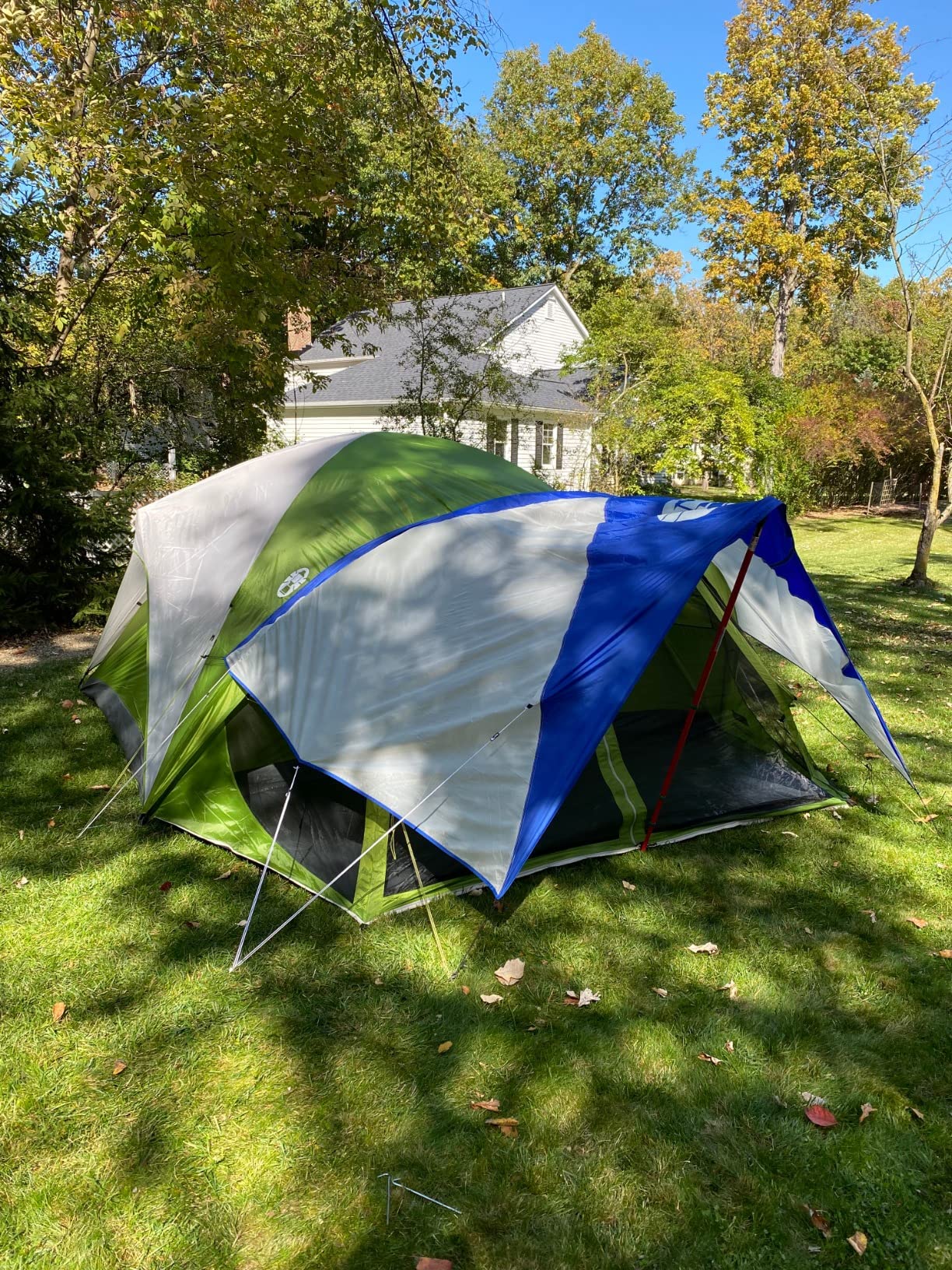
Our Verdict!
From the above the best budget camping tents roundup, we chose the Coleman Evanston Tent as our Best Overall option given its extraordinary performance in so many spheres like comfort, weatherproofing, value and quality. On the other hand, however, we also set aside two other options that stood out in one specific feature. Check them out below.
- Best Aesthetics: FanttikOutdoor Camping Tent
- Easiest Setup: Kelty Wireless Tent
How to Choose the Best Budget Camping Tents
When it comes to picking the best budget camping tents, “cheap” shouldn’t mean compromising on the essentials. The best budget tents strike a sweet spot — they’re affordable without feeling flimsy, and practical without skipping the features that matter most when you’re out in the wild. Whether you’re heading out on a weekend trip or testing the waters as a first-time camper, here’s what to look for when hunting for best affordable tents that won’t break the bank.
🏕️ 1. Weather Protection That Works
Rain, wind, or morning dew — your tent should handle it all without turning into a leaky mess. Look for tents with features like welded floors, inverted seams, and full-coverage rainflies. Even better if they have a waterproof coating and sturdy poles that hold up when the wind kicks up.
🌬️ 2. Ventilation and Comfort
A best budget backpacking tent shouldn’t feel like a sauna. Mesh windows, ground vents, and breathable fabric are key to keeping airflow moving, reducing condensation, and making warm-weather camping bearable. Bonus points for a tent with high ceilings or steep walls that let you sit up comfortably.
⏱️ 3. Ease of Setup and Portability
You shouldn’t need a degree in engineering to set up your tent. Look for features like color-coded poles, pre-attached frames, or pop-up designs that get you shelter-ready in minutes. If you’re hiking or packing light, consider the weight and size when folded — because no one wants to lug around a bulky beast.
Is a tent waterproof?
Not all budget tents are fully waterproof — but the good ones are built to keep you dry. Most quality tents come with features like rainflies, sealed seams, and coated fabrics (like polyurethane or silicone) that repel water. Look for terms like “waterproof rating” or “WeatherTec system” when shopping. And here’s a pro tip: even if your tent is water-resistant out of the box, giving it an extra waterproof spray before your trip can make a big difference when the skies open up.
Who made the first tent?
The first tents were likely made by nomadic peoples thousands of years ago, with some of the earliest known examples traced back to the ancient Egyptians, Bedouins, and Mongolian tribes. These early shelters were crafted from animal hides or woven textiles stretched over wooden or bone frames — lightweight, portable, and perfect for life on the move. While it’s hard to credit a single “inventor,” tents have evolved from these ingenious early designs into the modern, high-tech shelters we use today.
Can I wash a tent?
Yes, you can wash a tent — but skip the washing machine! Instead, gently hand-wash it with cool water, a non-detergent soap, and a soft sponge or cloth. Focus on spot cleaning dirty areas and avoid scrubbing too hard to preserve the waterproof coating. Always let it air dry completely before packing it up to prevent mildew. Treat it like your favorite outdoor gear, not your gym socks!
What fabric is a tent?
A tent is typically made from synthetic fabrics like polyester or nylon, which are lightweight, durable, and quick to dry — perfect for the outdoors. These materials are often coated with waterproof layers like polyurethane (PU) or silicone to keep the rain out. While canvas (cotton) was once common for its breathability, modern tents favor synthetics for their balance of weather resistance, portability, and strength — making them ideal for everything from quick weekend getaways to rugged backcountry adventures.
Do tents have floors?
Yes, most modern tents do have built-in floors — and thank goodness for that! Tent floors are usually made from durable, waterproof materials like polyethylene or coated polyester to keep moisture, bugs, and dirt out. They act as a barrier between you and the cold, damp ground, making your camping experience much more comfortable. Some high-end or minimalist models may skip the floor to save weight or for modular setups, but for most campers, especially beginners, a tent with a floor is the way to go. Think of it as your first layer of cozy protection in the great outdoors!
